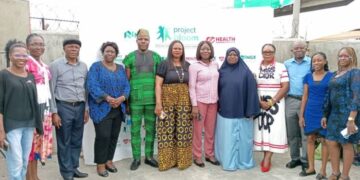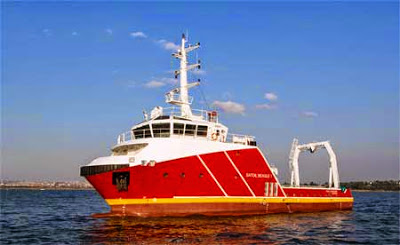Total annual
operating costs in the shipping industry fell by an average of 0.8 per cent in
2014, according to Moore Stephens’ OpCost 2015. This compares with the
0.3 per cent average fall in costs recorded for 2013.
operating costs in the shipping industry fell by an average of 0.8 per cent in
2014, according to Moore Stephens’ OpCost 2015. This compares with the
0.3 per cent average fall in costs recorded for 2013.
All categories of
expenditure in 2014 were down on those for the previous 12-month period.
expenditure in 2014 were down on those for the previous 12-month period.
Total operating costs for the tanker, bulker and container ship sectors
were all down in 2014, the financial year covered by the study.
were all down in 2014, the financial year covered by the study.
On a year-on-year basis, the tanker index was down by 2 points, or 1.1 per
cent, while the bulker index fell by one point, or 0.6 per cent.
cent, while the bulker index fell by one point, or 0.6 per cent.
The container ship index, meanwhile, was down by 2 points, or 1.2 per cent.
The corresponding figures in last year’s OpCost study showed a rise of 2 points
in the tanker index, and falls of 2 points in the bulker and container ship
indices.
The corresponding figures in last year’s OpCost study showed a rise of 2 points
in the tanker index, and falls of 2 points in the bulker and container ship
indices.
There was an 0.1
per cent overall average fall in 2014 crew costs, compared to the 2013 figure.
per cent overall average fall in 2014 crew costs, compared to the 2013 figure.
Tankers overall
experienced a fall in crew costs of 0.4 per cent on average, compared to the
1.8 per cent increase recorded in 2013. For bulkers, and for container ships,
crew costs were unchanged from 2013.
experienced a fall in crew costs of 0.4 per cent on average, compared to the
1.8 per cent increase recorded in 2013. For bulkers, and for container ships,
crew costs were unchanged from 2013.
Expenditure on
stores was down by 2.4 per cent overall, compared to the fall of 1.9 per cent
in 2013, while there was an overall fall in repair and maintenance costs of 0.6
per cent, compared to the 0.4 per cent reduction recorded for 2013.
stores was down by 2.4 per cent overall, compared to the fall of 1.9 per cent
in 2013, while there was an overall fall in repair and maintenance costs of 0.6
per cent, compared to the 0.4 per cent reduction recorded for 2013.
Insurance costs went down by 0.4 per cent
compared to the 0.3 per cent fall recorded for 2013.
compared to the 0.3 per cent fall recorded for 2013.
A third successive
annual fall in operating costs must be good news for an industry already facing
serious financial issues and preparing to meet still more.
annual fall in operating costs must be good news for an industry already facing
serious financial issues and preparing to meet still more.
The challenge for
shipping is how to build the cost of operation into freight rates in a way
which allows for a reasonable profit margin in an industry which is driven by
competition and characterised by over-tonnaging.
shipping is how to build the cost of operation into freight rates in a way
which allows for a reasonable profit margin in an industry which is driven by
competition and characterised by over-tonnaging.
Two things are
certain. Firstly, the business of operating ships will remain a costly
undertaking. Secondly, the impetus for higher freight rates will not come from
the shipping industry’s customers.
certain. Firstly, the business of operating ships will remain a costly
undertaking. Secondly, the impetus for higher freight rates will not come from
the shipping industry’s customers.
Credit: Baird Maritime






























































